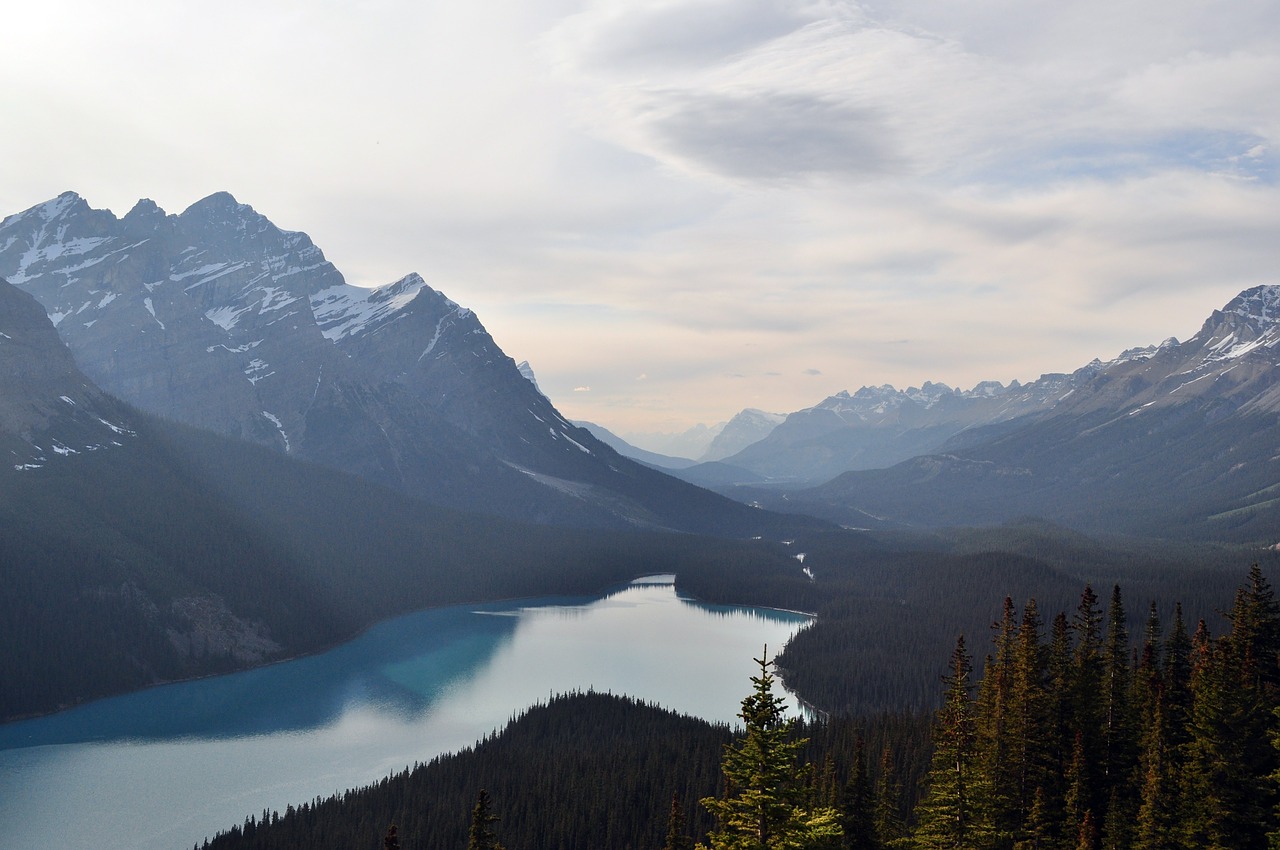Canada has always been viewed as one of the strongest, most developed, and water-rich countries in the world.
If asked why, it’s easy to think that it’s only because of the a few large lakes and the surrounding ice in the North, but there are countless freshwater resources in the country.
Recently, many people have also speculated that the country is even running out of water, particularly also due to global warming and the melting of the surrounding ice. However, this is indeed not the case.
Canada’s Abundant Freshwater Distribution and Supply
Canada is considered as having one of the largest resources of fresh water in the world, which include both renewable and non-renewable freshwater resources. The country has 563 lakes, of which all are big in size. It has the most freshwater lakes in the entire world, which is considered its non-renewable efficient source of water supply.
The country also shares lakes with the United States, and the country accounts for 18% of the global stock of fresh drinking water. It also has the third biggest supply of renewable freshwater in the world, with an average flow of 3,478 cubic kilometers of water per person annually. This statistic has remained consistent from the year 1971 till 2013. Iceland is the second country with the largest freshwater supply in the world, next to Canada.
With nearly 600 freshwater lakes, you would think that lakes cover the terrain of the entire country. However, this is not the case. Freshwater isn’t distributed evenly in the country, and a large quantity of Canada’s freshwater drains into the Arctic Ocean, along with the Hudson Bay, which limits residents’ availability in the southern part of Canada. The southern part is also the part of the country where most residents reside, hence why 38% of the country’s fresh water supply comes from renewable resources.
Get bottled water coolers and plumbed water coolers from Living-Water in London.






